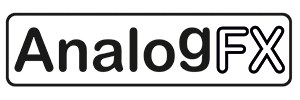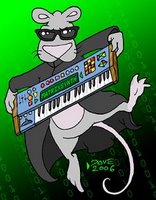Showing posts sorted by relevance for query Dots. Sort by date Show all posts
Showing posts sorted by relevance for query Dots. Sort by date Show all posts
Sunday, March 14, 2010
Troika - Cloud, Kinetic Sculpture 2008
YouTube via MediaArtTube
"'Troika was commissioned by Artwise Curators to create a signature piece for the entrance of the new British Airways luxury lounges in Heathrow Terminal 5.
In response, we created 'Cloud', a five meter long digital sculpture whose surface is covered with 4638 flip-dots that can be individually addressed by a computer to animate the entire skin of the sculpture. Flip-dots were conventionally used in the 70s and 80s to create signs in train-stations and airports. By audibly flipping between black and silver, the flip-dots create mesmerizing waves as they chase across the surface of Cloud. Reflecting its surrounding colours, the mechanical mass is transformed into an organic form that appears to come alive, shimmering and flirting with the onlookers that pass by.
The sculpture is located in Terminal 5 in the atrium hall that leads to the British Airways First Class Lounges. The brief from British Airways was open and simple: create a signature piece that marks the entrance to the First Class Lounges and signifies the transition between the busy shopping floor and the calm and serenity of the lounges. Working from the idea of clouds and the contrast between the busy, hectic airport experience and the calm, luminous and ethereal world that we discover as we fly through this dense layer we came up with the basic metaphor, atmosphere and form of the installation. Another one of our inspirations came from the old electromagnetic flip-dots that were used in railway and airport signs from the mid 70s. Those signs, with their characteristic flicking noise that instantly invokes the idea of travel, represent to us a golden age of technology when analogue and digital started to merge. The indicators, dots that flip from one side to the other with an electric impulse have a fantastic materiality, a physical and tactile quality that more modern technologies often lack, being de-materialised into the virtual.
We dreamt of applying this redundant technology to our sculpture, to create a sort of living organism, a cloud that we could animate, exploring the aesthetic potential of the flip-dots. As the flip-dots flick we are instantly reminded of rippling water, of the mesmerizing movements of snakes and school of fish. For to accentuate this feeling we chose to create one side of the dots as silver mirrors emulating the organic movements of.' ( source: Troika web-site)
More info: http://troika.uk.com/cloud"
Saturday, April 23, 2011
TouchAble 1.2 new module : multi dots XY PAD
YouTube Uploaded by touchAbleapp on Apr 22, 2011
"http://www.touch-Able.com
touchAble is an unique iPad app is the first application to give Ableton Live users full control over their digital audio workstation, without the tiresome process of manual midi-mapping. touchAble allows live users to walk away from their computer and perform live from anywhere within Wi-Fi range (using ad-hoc connection or router) while keeping latency at a minimum.
TouchAble App includes 6 advanced modules, Clip grid, Mixer, Devices, Pads, Keys, XY Pad, and 2 commands menu : clips and transport.
TouchAble provides a powerful, intuitive and reliable multitouch control solution for professional use. touchAble includes templates for lives plugins and is fully compatible with vsts, audiounits and instruments.
TouchAble App for iPad is available worldwide exclusively through the iTunes App Store : http://www.itunes.com/app/touchable
the new 1.2 version include an Advanced multi dots XY pad with:
-Up to 4 Dots at once - each with their own X, Y & Z Parameters.
-Choose the dots X, Y & Z Parameters from All of Lives Mixer & Device.
-Easy parameter assignments through the config menu.
-Set direction & force of gravity and bouncing mode individually for each dot.
-Record the dots movements - loop, reverse or cut them till they fit your needs.
-Play them back as automations - quantized and in complete sync with Ableton Live.
-Save automations and parameter assignments to the database within touchAble and exchange them with other iPads and Users via iTunes.
-Save snapshots of the dots positions:
Hold, Stop & Morphing mode
-Set morphing length & which of the are dots affected by snapshots.
TouchAble 1.2 also offers plenty of new features and improvements:
Device Module:
The Control elements on the FX8 & FX32 View now switch their behavior & style depending on the parameter they control.
Possible styles are: Toggle, Multitoggle, Fader & centered Fader.
This will work with Lives devices & all M4L Devices.
Added 'Snap' mode:
You can activate the Snap mode per device with the 'snap' button in the Menu to the right.
If enabled, the control elements will snap back to their original value once you lift your finger.
To change the original value of the parameters: disable Snap mode - tweak the device to your needs and enable Snap mode again to jump back to these values at the end of your touches.
New optional settings:
Added Relative Fader mode for devices
Added possibility to disable scene launch buttons.
Added OneTap Recording:
Newly recorded clips will automatically be of the same length as the currently set Launch Quantization. This enables you to tap on an empty slot once to start recording and have it loop automatically after the set amount of time.
General:
Decreased latency and increased throughput to Live substantially.
Performance increased throughout the app.
TouchAble is supported by many professional musicians, performers, djs and composers around the world, who use touchAble on stage or in studio.
FUTURE MUSIC UK:
"You may think about touchAble and an iPad instead of a hardware controller. A compliment indeed."
MUSICTECH MAG UK: "It can handle the majority of performance or interactive elements within Live without requiring any manual controller design or mapping, making it an easy-to-use but nonetheless powerful Live controller." 9/10
MUSICRADAR.COM UK:
"The cheaper, more fully featured touchAble is a clear all-round winner. Its advanced control options give it the advantage in terms of power and make it the obvious choice for studio use and live performance."
DE:BUG MAG DE:
"Definitely a recommendation for all iPad users who think about buying a controller for Live - even though touchAble isn't able to deliver haptic feedback in many areas it has advantages to physical controllers. It's worth it - even for studio-use."
touchAble - AppBC
iPads on eBay
Tuesday, September 26, 2017
Hydrated DOTS
Hydrated DOTS from Station 252 on Vimeo.
"Two Tipotop ONE sample players. Running one DOTS tonal sample and DOTS hat sample via Hydra card on Z-DSP, algorithm number 6.
sequenced with Z8000 and Circadian Rhythms. the tonal sample runs via Z2040 filter controlled by Z4000 vcADSR
+
Tiptop BD808"
Friday, May 02, 2014
dot Melody for iPhone Released
iTunes: dot Melody - Olympia Noise Co.
 Video previously posted here.
Video previously posted here."• Requires iPhone 4s, iPod touch 5th gen. or newer •
Anyone can make music with dot Melody.
 Move dots around to create intertwining melodies, bass lines, and drum beats. Switch chords and patterns on the fly. Select from a range of instruments and process them through delay and reverb effects.
Move dots around to create intertwining melodies, bass lines, and drum beats. Switch chords and patterns on the fly. Select from a range of instruments and process them through delay and reverb effects. dot Melody is the fun new iPhone app from the maker of the critically acclaimed* iPad app Chordion.
Best with headphones or over AirPlay.
 •• Sequencer ••
•• Sequencer ••Tap or drag anywhere to create new dots.
Move dots horizontally to change pitch within the current chord.
Move dots vertically to change duration/rhythm.
Tap a dot to make it a rest.
Double tap to delete it.
•• Chords ••
Switch chords/scales on the fly to change the notes in your pattern.
Unlimited number of chords
Choose from suggested chords or create your own.
 •• Patterns ••
•• Patterns ••Unlimited number of patterns, each with 3 instrument layers.
Copy, reverse, clear, randomize, and generate functions.
Easily re-order patterns.
•• Instruments ••
3 instrument layers
23 carefully created built-in instruments
Mod Wheel enabled
Independent volume controls with the mixer.
Independent delay effect sends.
•• Effects ••
Tempo-synced delay with feedback and low pass filter.
Reverb with mix and decay controls.
•• Tempo & Time Signature ••
Tap Tempo function
Choose from a range of time signatures for pattern syncing.
Use x/x time signature to enter “free mode” and let your instruments create phase patterns.
•• MIDI Out - In App Purchase ••
MIDI out is available as an In-App Purchase.
Each instrument layer can use independent MIDI ports and channels.
Mod Wheel support included.
Advanced MIDI timing implementation
•• File Management ••
Create new files from templates in any key
Easily duplicate or re-name files
•• Record ••
Hit the record button to record your jams in real-time.
Recordings are saved to iTunes File Sharing.
•• Audiobus ••
Use dot Melody as an Audiobus source! See http://audiob.us for more information.
•• More Features are on the way! ••
Got suggestions? Email us : support at olympianoiseco dot com!
* App Store Editor's Choice, 23 Countries, App Store Best of 2013, Innovative Music Apps, Japan, China, and South Korea."
Wednesday, January 08, 2014
NodeBeat HD Free Today
iTunes: NodeBeat HD - AffinityBlue
Google Play
This one in via cheater:
"'ve just noticed that Node Beat is available for free today. If you don't know it, it's a fun little sequencer/synthesizer, available for Android and iOS. It's really well made unlike most of them! The idea is you have a rectangular playing field where you put notes and generators. Basically, you have large dots (generators) that rhythmically send out pulses (when depends on when you last moved them) and then small dots (notes) that receive pulses and sound off notes. The small dots can receive pulses from both melodic generators and percussive generators at once. The harmony depends on what note dots you place; the rhythm and melody depend on the spatial relationship between the generators and notes; the timbre depends on what generators you place. One thing I like to do in Node Beat is to have a generator somewhere in a part where there are only a few notes, and then when I want it to get more involved i move it somewhere where there are many notes. You can also add gravity, and then the objects fly around, and the rhythm and melody are nice and random. On top of all of that, if you place your finger anywhere on the background, you get a pitch-quantized lead, kind of like a Minimoog, Stylophone, or Monotron. I'm having a lot of fun. To get it for free (rather than the ~ $1 you'd normally pay) you have to install AppGratis and get Node Beat today. This app has definitely made my day a lot more fun!"
Google Play
This one in via cheater:
"'ve just noticed that Node Beat is available for free today. If you don't know it, it's a fun little sequencer/synthesizer, available for Android and iOS. It's really well made unlike most of them! The idea is you have a rectangular playing field where you put notes and generators. Basically, you have large dots (generators) that rhythmically send out pulses (when depends on when you last moved them) and then small dots (notes) that receive pulses and sound off notes. The small dots can receive pulses from both melodic generators and percussive generators at once. The harmony depends on what note dots you place; the rhythm and melody depend on the spatial relationship between the generators and notes; the timbre depends on what generators you place. One thing I like to do in Node Beat is to have a generator somewhere in a part where there are only a few notes, and then when I want it to get more involved i move it somewhere where there are many notes. You can also add gravity, and then the objects fly around, and the rhythm and melody are nice and random. On top of all of that, if you place your finger anywhere on the background, you get a pitch-quantized lead, kind of like a Minimoog, Stylophone, or Monotron. I'm having a lot of fun. To get it for free (rather than the ~ $1 you'd normally pay) you have to install AppGratis and get Node Beat today. This app has definitely made my day a lot more fun!"
Friday, September 29, 2017
Diffused DOTS
Diffused DOTS from Station 252 on Vimeo.
"Two Tipotop ONE sample players. Running one DOTS tonal sample and DOTS hat sample via ModDelay card on Z-DSP, algorithm number 6.
sequenced with Z8000 and Circadian Rhythms. the tonal sample runs via Z2040 filter controlled by Z4000 vcADSR
+
Tiptop BD808"
Monday, May 22, 2017
TIPTOP ONE: Accelerating DOTS 50 - 500 BPM
TIPTOP ONE: Accelerating DOTS 50 - 500 BPM from Station 252 on Vimeo.
"Demo of the upcoming DOTS - samples collection for the fantastic ONE sample player eurorack module from Tiptop Audio. Created by Konstantin Gervis (zv-k.com / station252.com) specifically for the module. Synthesized using a huge Eurorack modular system, various analog and digital synthesizers and a music easel. The sounds were carefully selected to work particularly well in ONE and to be highly usable for live and studio work.
In this video:
Using the ''Trigger Sequence'' mode to go through samples. Accelerating from 50 beats per minute up to 500 and then back to just 1. Sequenced with Circadian Rhythms, ONE is playing DOTS on every step (16th)
no FX were used."
Friday, May 19, 2017
TIPTOP ONE: DOTS (prt_3)
TIPTOP ONE: DOTS (prt_3) from Station 252 on Vimeo.
"Demo of the upcoming DOTS - samples collection for the fantastic ONE sample player eurorack module from Tiptop Audio. Created by Konstantin Gervis (zv-k.com / station252.com) specifically for the module. Synthesized using a huge Eurorack modular system, various analog and digital synthesizers and a music easel. The sounds were carefully selected to work particularly well in ONE and to be highly usable for live and studio work.
In this video:
All the sound are coming from 4x ONE sample players and a single Tiptop BD808. Sequenced with the Circadian Rhythms.
FX: Z-DSP Halls of Valhalla ROOM, Eventide Blackhole, Moogerfooger Delay
tiptopaudio.com/new/ONE/"
TIPTOP ONE: DOTS
Sunday, May 01, 2022
Patch of The Week: 'On the Run' Ep2 Percussion - Floyd's Classic Synthi track recreated in Eurorack
video upload by AJH Synth Official
"Second of 2 videos showing how to recreate the classic Pink Floyd track from 'Dark Side of The Moon', originally recorded on an EMS Synthi AKS. This episode covers the percussion element of the sound, which in the original album recording was simultaneously created and performed along with the melody on the Synthi AKS. Effectively, the Synthi was used to create 2 voices from one monophonic synth by some clever use of the instrument's built-in ring modulator.
Episode 1 covered the melodic sequence, how to programme it, and how to get a similar sound. Check it out here: [posted here]
In this version I'm using the RING SM, as it's ring mod is directly based on the one in the EMS Synthi and VCS3, so it's behaviour is the same. This trick will not work on all ring mods, as they vary in design and the way in which they achieve a ring modulation effect. However, the Ring's SM's is a true, all-analogue ring modulator.
I start using white noise from the GLIDE + NOISE module, and then experiment using the ENTROPIC DOOM and LUNAR MODULE as the noise source. CV sequencing is supplied by the Arturia Keystep sequencer.
Patch Sheet PDF for this video: https://kvisit.com/8AE/yfkG
Patch notes also below.
Check out the AJH Synth playlists for more 'Patch of The Week' videos, which will be either performances or 'how to' guides detailing a range of sounds, some familiar, some less so, and each containing a patch sheet at the end to show you how to construct it for yourself.
Video by DreamsOfWires
Index:
00:00 Intro
00:31 Patching the modules
00:56 Explaining the patch
01:40 With ENTROPIC DOOM
02:29 With LUNAR MODULE
04:16 Patch Sheet
Patch Notes:
Green dots show approximate pot and switch positions. Those with two dots show the range I adjust them during the video. Pots and switches that do not have green dots are not used in this patch, and should be left at their zero or off positions.
SONIC XV: This gets us fairly close to the Synthi's sound, as that instrument also used a diode ladder VCF. I use both 24dB, as the original Synthi filter was 24dB, but also the 6dB output, because in 24dB it is easier to send the filter into self-oscillation when using high resonance, and this sound really benefits from a lot of resonance. The 6dB can achieve a more noticeable degree of resonance before self-oscillation occurs. It is subjective, and both have their character and strengths, so experiment!
RING SM: Firstly, depending on what you are using as a noise source you may need to keep levels low, both on the RING SM and the VCA. Here I'm using white noise from the GLIDE + NOISE module, which has a low volume level, but when using filtered noise from the Entropic Doom (for example) the output will be quite high. Therefore, regardless of your noise source, start low, and gradually raise the levels to a useful volume.
DISCRETE CASCADED VCA: Either this or the MUTING MIXER & VCA can be used, as I did in the previous video. All that's important here is having at least two channels - one for filter output and one for ring mod output, so that the mix/volume balance between the two sounds can be adjusted, and then just to be careful of high audio levels.
Modules used from top-left to bottom-right: Glide + Noise, Dual LFO + VCA, Vintage Transistor Core VCO, Ring SM, Sonic XV Diode Ladder Wave Filter, Discrete Cascaded VCA."
Sunday, January 02, 2022
AJH Patch of The Week: Mini Mod & Muting Mixer Melodic Performance (with patch sheet for Eurorack)
video upload by AJH Synth Official
"A re-recording of an old performance/composition using the AJH Synth Mini Mod system with the new MUTING MIXER & VCA module. This module allows input sources to be punched in and out quickly, ideal for live performance. Here I'm using one before the VCF to mix 5 waveforms from 3 VCOs, and also using another one as my final VCA after the filter. Patch sheet at the end of the video.
Index:
00:00 Intro
00:12 Performance
03:50 Patch Sheet
Patch Sheet: https://kvisit.com/8AE/jfYG
Patch Notes:
Green dots show approximate pot and switch positions. Where a pot or switch has two dots, this illustrates the range I move them during the video. Pots and switches that do not have green dots are not used in this patch, and should be left at their zero or off positions.
In the video I'm using the Glide + Noise MkII module to access the CV bus, allowing me to control multiple VCOs from one input/cable, otherwise you will need to use a multiple or stacking cables to connect the keyboard/sequencer to all 3 VCOs, as is usual with a fully modular synth.
VCOs: Tune them to the same pitch, only octaves are different. PWM SHAPE can be experimented with, setting all 3 VCOs to the same or different settings effects the sound of the combined pulse waves subtly.
Muting Mixer: These settings allow me to switch O/DR (overdrive) on and off without driving the signal too high, and keeping both states at a comparable level. Notice I always un-mute either the pulse waves (channels 2 & 3) OR the sawtooth waves (4 & 5) of VCO 2 & 3, never both pairs at the same time, as their combined signal would significantly increase the input level and risk unwanted clipping distortion. I tweak the level of VCO 1 (channel 1) to drive the signal a little more, but however you use it try to keep the level meter in the GREEN.
VCA: In the video I use another Muting Mixer as final output VCA, so in the diagram I show the Discrete VCA being used for the benefit of those who have one, but the same principle applies - set master to full then gradually increase the input level.
Modules used from top-left to bottom-right: Glide + Noise (for bus board access - optional), Vintage Transistor Core VCO x3, Muting Mixer, Transistor Ladder Filter, Contour Generators, Discrete Cascaded VCA (or Muting Mixer)."
Wednesday, September 10, 2025
DOTS 🐞 eurorack module quick demo video
video upload by Johannes
"This little demonstration is meant to give a general idea of the video. I am not very skilled at explaining things or editing videos. 🐞
DOTS is a compact, 6-channel Eurorack module designed for generating triggers and gates. This open hardware project allows you to build the module yourself, with instructions and resources provided. Please visit the website for more info.
https://www.d-o-t-s.net"
Wednesday, July 19, 2017
HYDRA: Diffuse Band Delays
HYDRA: Diffuse Band Delays from Station 252 on Vimeo.
"Testing the new HYDRA card for Tiptop Audio Z-DSP. Playing with the first algorithm: Diffuse Band Delays.
Voice 1: Z3000 Sine + Tri mixed into the FOLD PROCESSOR > R*S VQVCF (FM by TTA Z4000) > WMD VCA (AM by another TTA Z4000)
Voice 2: ONE playing DOTS sound > Z2040 (AM by Z4000, FM by a second Z4000)
Kick Drum: TTA BD808
Snare (single shot at the beginning): ONE playing DOTS sound
Filtered percussion sound: ONE playing DOTS sound > Vermona VCDrive > Toppobrillo Multifilter (Hi Pass) > Tiptop Z2040
Diffuse Band Delays is the only effect used. Sending signals into Z-DSP via aux sends on the Mackie mixer.
http://tiptopaudio.com/z-dsp/"
Sunday, September 04, 2022
Patch of The Week: 'Melodic Doom' - How to use the Entropic Doom noise oscillator melodically
video upload by AJH Synth Official
"An improvisation using the Entropic Doom noise oscillator as a melodic instrument, controlled by a step sequencer. It's pretty much a voice in it's own right - a noise source, resonant 4, 3, or 2-pole voltage controlled filter, which will self-oscillate and track a 1V/Oct signal, along with a separate XOR based Ring Modulator and a Cmos gate based VCA. In this video I also use the Sync and audio input functions with a VCO. Additionally, I show the Dual RVG module serving as a master clock to the sequencer, and producing random timing for the sequencer steps, as well as additional random voltages for the Entropic Doom's frequency.
Downloadable Patch Sheet: https://kvisit.com/8AE/-vwG
Video by DreamsOfWires
PATCH NOTES:
------------------------
Green dots show approximate pot and switch positions, and where there are 2 dots on the same pot, this indicates the range I adjust them during the video. Pots and switches that do not have green dots are not used in this patch, and should be left at their zero or off positions.
PRECISION VOLTAGES: Used to shift pitch intervals on the Entropic Doom from the incoming sequencer pitch CV. During the video I add 7 semitones and 1 octave at different points using the A switches.
DUAL RVG: This is being used for 2 purposes - To generate random frequency modulation of the Entropic Doom at the start, in addition to the frequency changes generated by the sequencer, which means a wider and more varied range of frequencies can be achieved than just using the pre-chosen frequencies set by the sequencer. It's just to add more randomness and chaos to the initial apocalyptic noises. It is also used to create random sequencer step timing, via it's Time Vary function. It sends gate signals to the sequencer and serves as it's master clock. As I unveil the melody I reduce this time variation until the sequencer timing becomes regular, or normal. The sequencer will need to have some form of Clock Input (perhaps Sync or Gate In), marked here by the green cable. VCO: This is also connected to the sequencer CV out, either by buffered multiple, or by using CV bus via the Glide + Noise as in the video, then the Glide's CV OUT should go to the Precision Voltages IN A. A triangle wave was used as the Sync source (purple cable), and square was used as the audio source. Tuning here is arbitrary, and dependent on your sequencer.
ENTROPIC DOOM: The base pitch of the module will be set by using the Frequency pots (FREQ-C & FREQ-F) to tune it, once the resonance level is high enough, more clearly so in 4-pole mode. FCV-IN here is only used for the random voltages coming from the Dual RVG, which I gradually remove as I unveil the melody from the sequencer.
Index
00:00 Intro
00:26 'Melodic Doom'
06:30 Patch sheet"
Thursday, May 11, 2017
TIPTOP ONE: DOTS
TIPTOP ONE: DOTS (prt_1) from Station 252 on Vimeo.
"Demo of the upcoming DOTS - samples collection for the fantastic ONE sample player eurorack module from Tiptop Audio. Created by Konstantin Gervis (www.zv-k.com / www.station252.com) specifically for the module. Synthesized using a huge Eurorack modular system, various analog and digital synthesizers and a music easel. The sounds were carefully selected to work particularly well in ONE and to be highly usable for live and studio work.
In this video: other than the BD808 bass drum all the sounds are coming from two ONE sample player modules. The first is playing the synth lines - pitch sequenced on Z8000, triggers on the Trigger Riot. The second one is playing the percussion samples - sequenced on the Trigger Riot. A bit of Halls of Valhalla Room on one Z-DSP and Clocked Delays on the second, but there is dry sound too, the FX are to give a taste of how it sounds in a context of a track.
http://tiptopaudio.com/new/ONE/"
Sunday, August 28, 2022
Patch of The Week: Analogue Kick Drums in Eurorack with the AJH Synth MiniMod Modular Synth System
video upload by AJH Synth Official
"A simple analogue kick drum patch easily recreated in Eurorack, or even some self-contained synths. This isn't modelled on a particular classic or vintage kick sound, but uses a common process for creating such a sound that is easily tweakable to suit your own ears. Check out our past 'Patch of The Week' videos for other percussion sounds, including analog claps, and using a self-oscillating filter to create various claves, rim shots, cowbell, even a rudimentary kick.
Video by DreamsOfWires
PATCH NOTES:
------------------------
Download PDF with diagram - https://kvisit.com/8AE/qvwG
Green dots show approximate pot and switch positions, and where there are 2 dots on the same pot, this indicates the range I adjust them during the video. Pots and switches that do not have green dots are not used in this patch, and should be left at their zero or off positions.
GLIDE + NOISE: I used the white noise in this patch - not all vintage kick drum sounds used a noise source, but it is optional based on personal taste. I find it gives the sound a more similar character to a real kick drum, whereas without it the sound is more distinctly electronic.
VCO: A good kick sound can be generated using just the filter in self-oscillation, but using a dedicated VCO provides greater flexibility, especially when combining with other audio sources, such as white noise. Base pitch and level of Exp CV from the envelope should be experimented with.
VCF: Envelope control of filter frequency will not make much difference to the sound without the white noise, as then you would only be filtering a triangle wave. This is why I've simply copied the envelope that's also opening the VCA.
ENVELOPE: Ideally there needs to be separate envelopes for the VCO and the VCA/VCF, as one is controlling pitch, and the other volume (& tone), which both have a very different impact on the sound. A pair of DH-ADSR's would offer greater dynamic control, as mentioned in the video, but the CONTOUR GENERATORS is fine too.
VCA: The DISCRETE CASCADED VCA allows a little bit of overdrive when input levels are pushed. Even more so when used with the GAIN SWITCH (See our other videos), but also the MUTING MIXER can be used, as it's built around the same VCA circuit and has a built-in overdrive function."
Wednesday, May 17, 2017
TIPTOP ONE: DOTS (prt_2)
TIPTOP ONE: DOTS (prt_2) from Station 252 on Vimeo.
"Demo of the upcoming DOTS - samples collection for the fantastic ONE sample player eurorack module from Tiptop Audio. Created by Konstantin Gervis (zv-k.com / station252.com) specifically for the module. Synthesized using a huge Eurorack modular system, various analog and digital synthesizers and a music easel. The sounds were carefully selected to work particularly well in ONE and to be highly usable for live and studio work.
In this video:
All the sound are coming from 4x ONE sample players with the exception of Maraca808 in the first piece. Sequenced with the Circadian Rhythms. No FX were used in this video.
tiptopaudio.com/new/ONE/"
Part 1 here.
Tuesday, January 17, 2012
Hangrajzoló / Sounddraw (Kovács Balázs) [Drawing Sound]
YouTube Uploaded by ptemmi on Jan 17, 2012
"Ez egy kézi hangrajzoló. Nem kell hozzá egyéb szenzor, csak egy kamera, papír, színes filctoll. Nem kell szenzorkesztyű és reactable sem. A hangzó végeredményen még van mit finomítani, de most itt tartok vele. ja és hogy ma se maradjunk politikai üzenet nélkül: SCHMITT PÁL ÁRTATLAN! ;) // (ENGLISH) This is a manual sounddrawer. Doesn't need any sensors, but a camera, paper, colored pens. Doesn't need sensor glove or reactable as well. The sound output needs to be tuned, this is just the state before i'm going to sleep.
info: http://soundsofpictures.blogspot.com/2012/01/17.html
thx: Magyar Eötvös Ösztöndíj Alapítvány, UCSB-MAT, CSALÁD"
Googlish:
"This is a manual drawing sound. No need to add other sensors, only one camera, paper, colored markers. You do not have any sensor glove and reactable. The sound there is still room to refine the final result, but now here I am with him. Oh, and it is neither to stay without a political message: Paul SCHMITT innocent! ;) / / (MAGYAR) This is a manual sounddrawer. Does not Need Any sensors, but a camera, paper, colored pens. Does not need or reactable sensor glove as well. The sound output Needs to be tuned, this is the state just before I'm going to sleep.
info: http://soundsofpictures.blogspot.com/2012/01/17.html
thx: Hungarian Eötvös Scholarship Foundation, UCSB-MAT, FAMILY"
Sunday, December 15, 2024
Meet DOTS - An open hardware, open source DIY eurorack module
video upload by Johannes
"DIY eurorack module web teaser
www.d-o-t-s.net
https://github.com/johannesstrueber/dots"
From the manual:
The module features six outputs and two inputs. Each output is numbered from 1 to 6 and is accompanied by an LED dot that indicates the current state of the output. The inputs consist of a Clock input, which receives clock signals and triggers specific actions, and a CV input, which functions as a trigger for various control voltage signals. When a clock signal is detected, the corresponding LED will light up red. When an output is active the corresponding dot will light up white. You need to save all settings in the CONFIG menu.
The primary navigation tool is the rotary encoder, which allows you to toggle between different states and menus by pressing it. The module includes a potentiometer labeled Range, which is used to adjust a delay parameter.
Sequencer
In the sequencer program menu. You see a matrix of six channels (rows) by 16 steps (columns). Each channel can be toggled on or off by pressing the encoder. The current step is indicated by a white dot. The sequencer can be started and stopped by pressing the encoder. You can access the sequencer settings by scrolling the first element left or the last element right.
Random Trigger/Gates
The Random trigger program allows you to set a probability for each channel to trigger. The probability is set by the range potentiometer. The probability is displayed as a bar graph. The program can be set to trigger all channels at once or in a sequence.
Clock Divider
The clock divider program allows you to divide the incoming clock signal by a factor. Each circle represents one channel. If filled it will trigger the output. The divider can be set to a specific number or a mode like power of 2, prime numbers, or fibonacci numbers.
Sunday, April 24, 2022
Patch of The Week: 'On the Run' Ep1 Melody - Floyd's Classic Synthi track recreated in Eurorack
video upload by AJH Synth Official
"First of 2 videos showing how to recreate the classic Pink Floyd track from 'Dark Side of The Moon', originally recorded on an EMS Synthi AKS. This first episode covers the sound of the melody and programming the sequence, then Episode 2 (next Sunday) will cover the mysterious percussion (no, it wasn't Nick Mason :P).
In this version just one square wave from a MiniMod VCO is used, and the filter is specifically the Sonic XV, as this is also a 24dB diode ladder filter like the VCF on the Synthi AKS. The only other modules needed are a VCA and an LFO. I also use the Sonic XV's 6dB output - to me this sounds more reminiscent of the Roland TB-303, which actually used an 18dB diode ladder filter, and it gets similarly squelchy with high resonance.
I also experiment using an ADR envelope on the filter frequency - this is a fast sequence, but the Sonic XV responds really nicely to fast envelopes.
Sequencing is courtesy of Doepfer's splendid Dark Time step sequencer, but I also demonstrate using an Arturia Keystep, as this is actually closer to the method used on the AKS version of the Synthi, which came with a digital keyboard sequencer that was significantly ahead of it's time in 1972.
Patch Sheet PDF for this video: https://kvisit.com/8AE/t_kG
Index:
00:00 Intro
00:24 Sequencing with Keystep
00:49 Sequencing with Dark Time
01:21 Sound tweaking
04:28 Patch Sheet
Patch Notes:
Green dots show approximate pot and switch positions. Those with two dots show the range I adjust them during the video. Pots and switches that do not have green dots are not used in this patch, and should be left at their zero or off positions.
SONIC XV: This gets us fairly close to the Synthi's sound, as it shares some lineage from the original diode ladder VCF. I use both 24dB, as the original Synthi filter was 24dB, but also the 6dB output, because in 24dB it is easier to send the filter into self-oscillation when using high resonance, and this sound really benefits from a lot of it. The 6dB can achieve a more noticeable degree of resonance before self-oscillation occurs. It is subjective, and both have their character and strengths, so experiment!
MUTING MIXER or CASCADED VCA: You could also use the Discrete Cascaded VCA for this patch, keeping the Master level high and increasing the Input level until sufficient output volume is achieved. The only reason I used the Muting Mixer here was so I could easily switch between the audio from both 6dB and 24dB outputs of the SONIC XV. If you are using the MUTING MIXER be careful about enabling both inputs at the same time, it will result in an increase in volume, as you are adding audio levels (dB) to each other. It can be very musically useful to do so of course, and worth experimenting with, but bear in mind your overall output level.
Modules used from top-left to bottom-right: Dual LFO + VCA, Vintage Transistor Core VCO, Sonic XV Diode Ladder Wave Filter, Muting Mixer & VCA."
Sunday, April 10, 2022
Patch of The Week: Blade Runner / Vangelis CS-80 Sounds - Gemini Trilogy Part 3
video upload by AJH Synth Official
AJH Synth Official Patch of The Week series
"3 Variations of a patch based on the sounds from the original 1982 Blade Runner movie, which were originally created on a Yamaha CS-80 by the composer Vangelis. This version uses a monophonic setup with the AJH Synth Gemini 2412 dual VCF.
This is Part 3, see Part 1 & 2 of this series featuring the Gemini - Part 2 features brass sounds, partly derived from this patch, but loosely inspired by Jean-Michel Jarre (Oxygene) and other 1970's-80's sounds. Part 1 features a simple performance bringing versions of the sounds from both parts 2 & 3 together.
The CS-80 was fully polyphonic, and has remained hugely expensive to this day. It used two 'channels' per voice, each being a complete 2-VCO synth voice in itself, with both a high pass and low pass filter in series (HP into LP). It's known for having an exceptionally bright sound, which is difficult to match.
The Gemini 2412 is a dual multi-mode filter, each having low pass, band pass, high pass, and variable LP/HP, along with Dual (both filters mixed in parallel) and Cascade modes (first filter into second filter). Both filters are connected to a voltage-controlled cross-fader, or can be used as 2 entirely separate VCF's. It's based on the VCF from the original Oberheim SEM module, but also has a high-resonance option selectable by jumpers of the rear of the module, which is capable self-oscillation.
Patch Sheet PDF for this video: https://kvisit.com/8AE/qfkG
Patch notes also below.
NEXT PAGE
HOME
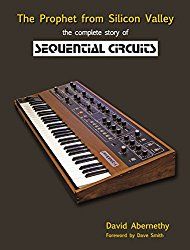
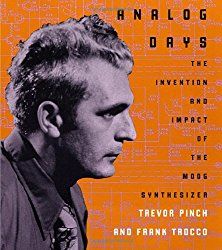
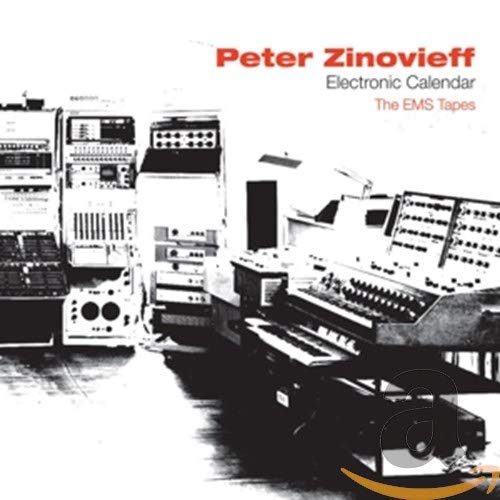
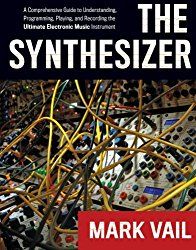
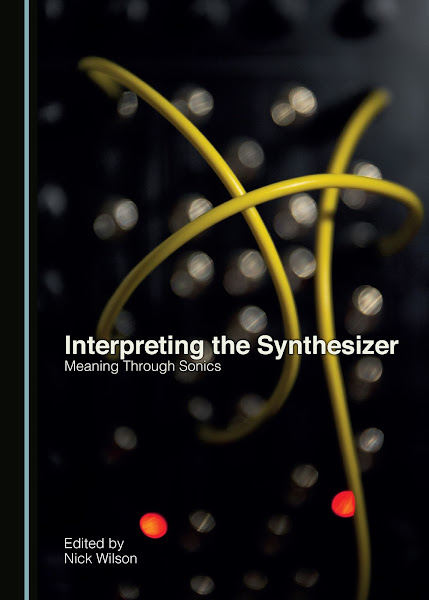
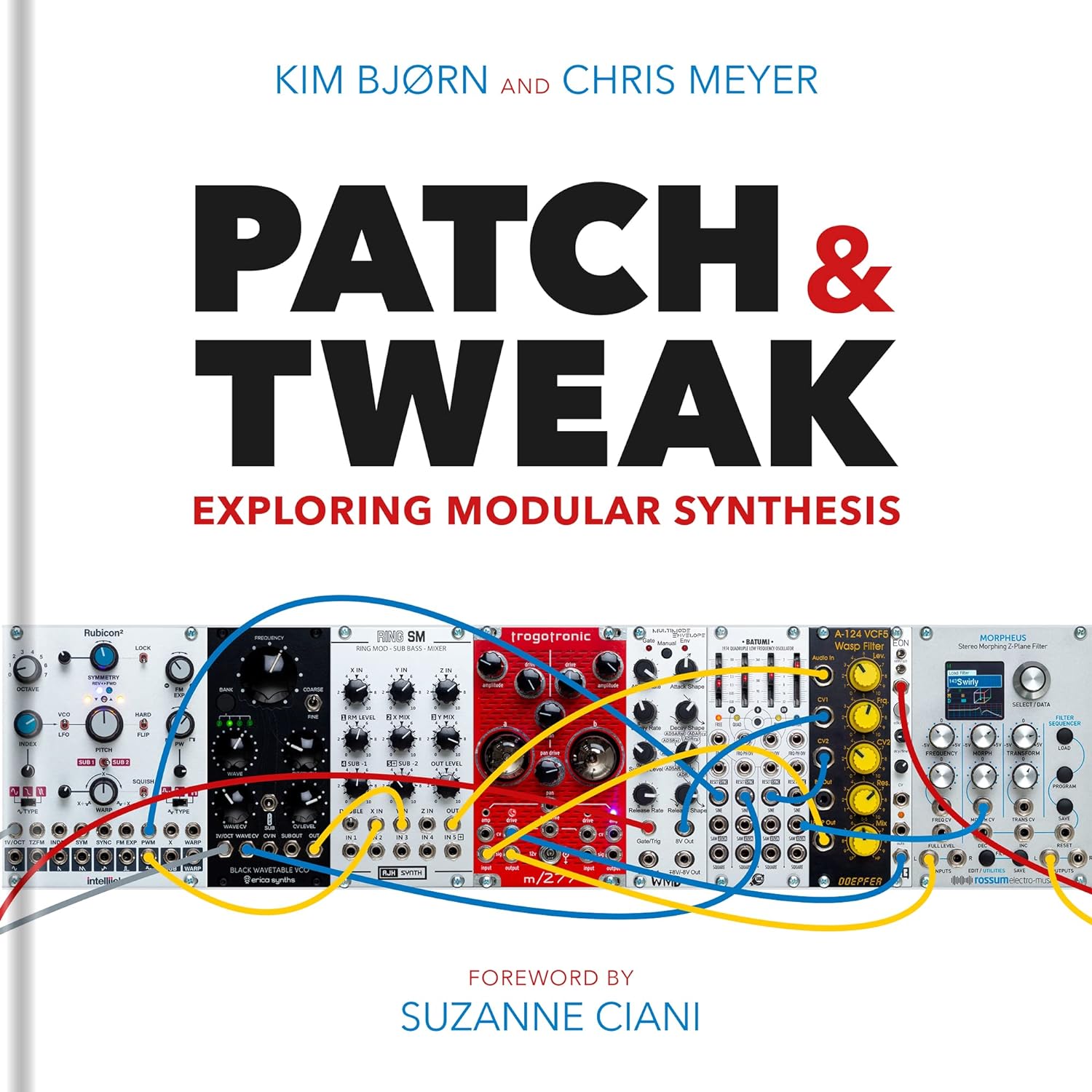

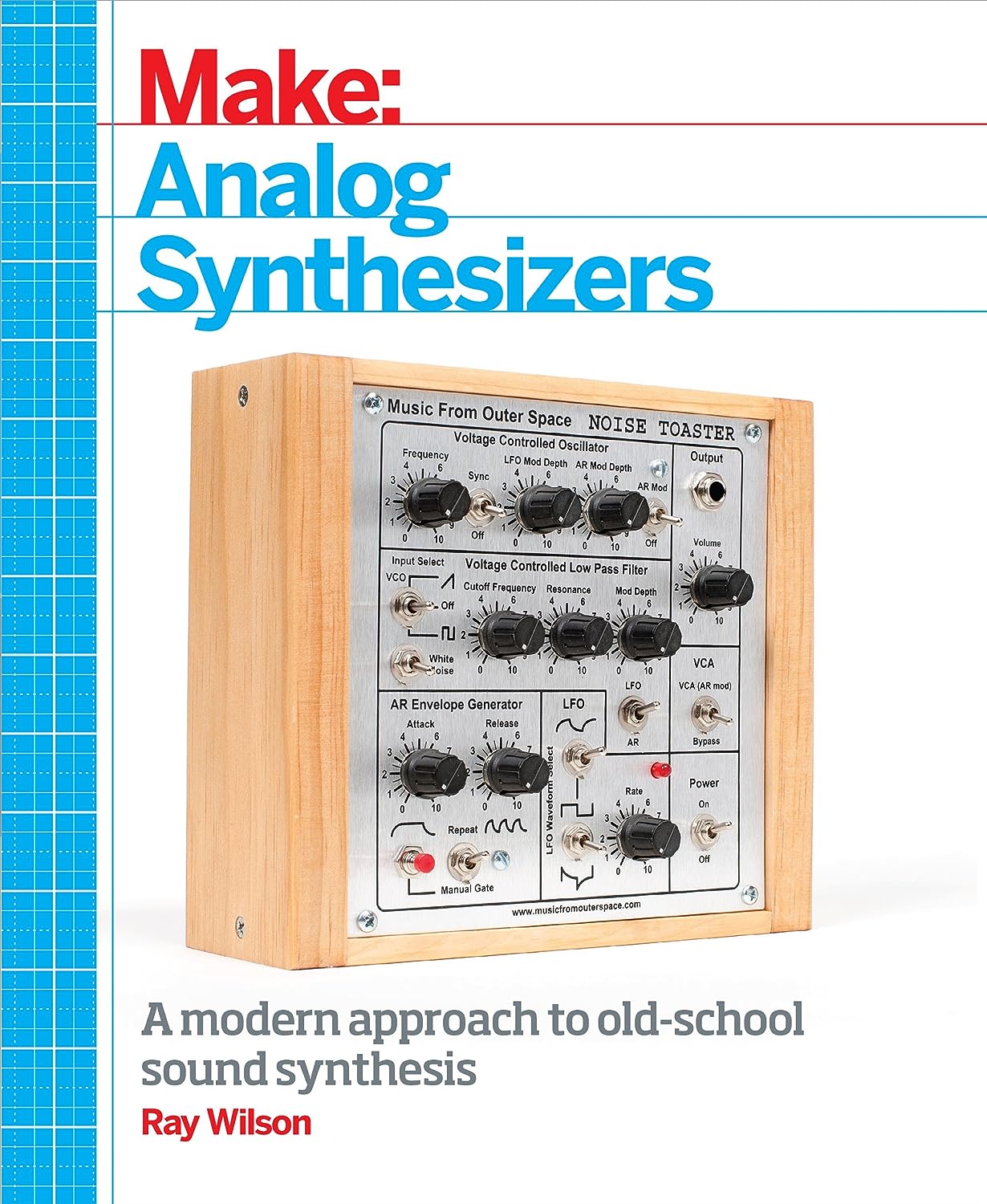
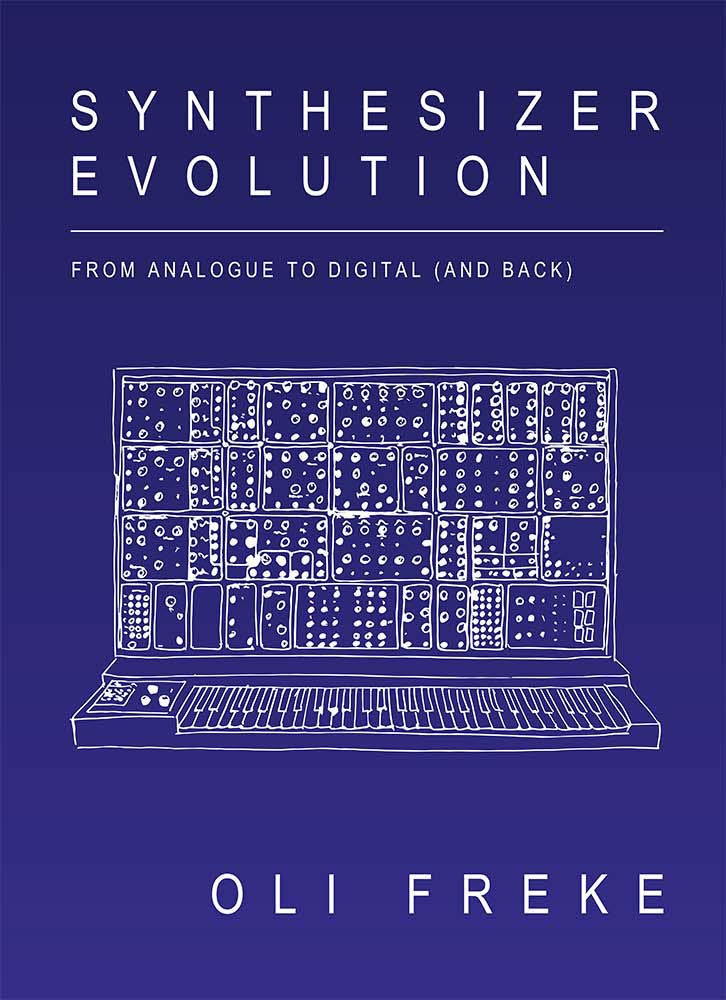
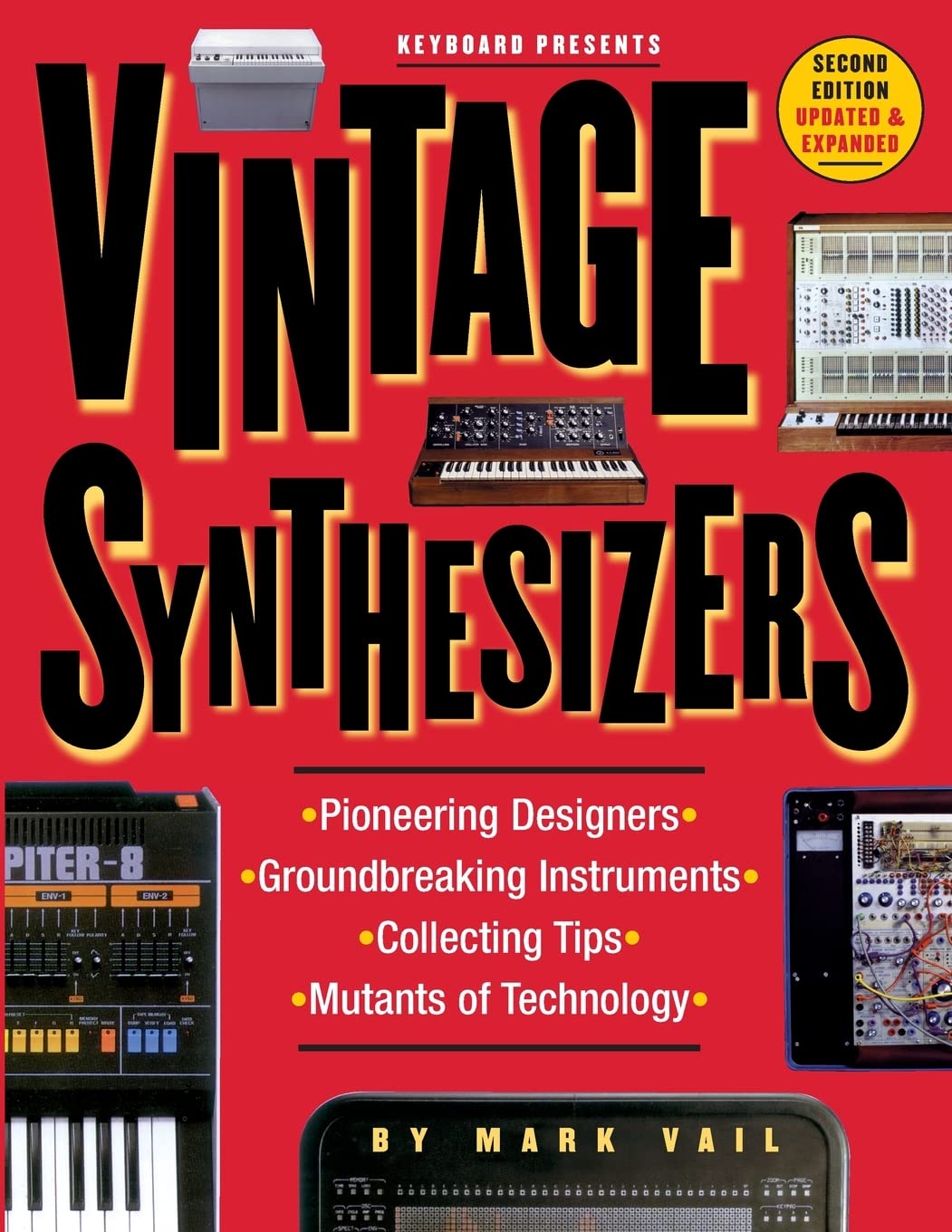
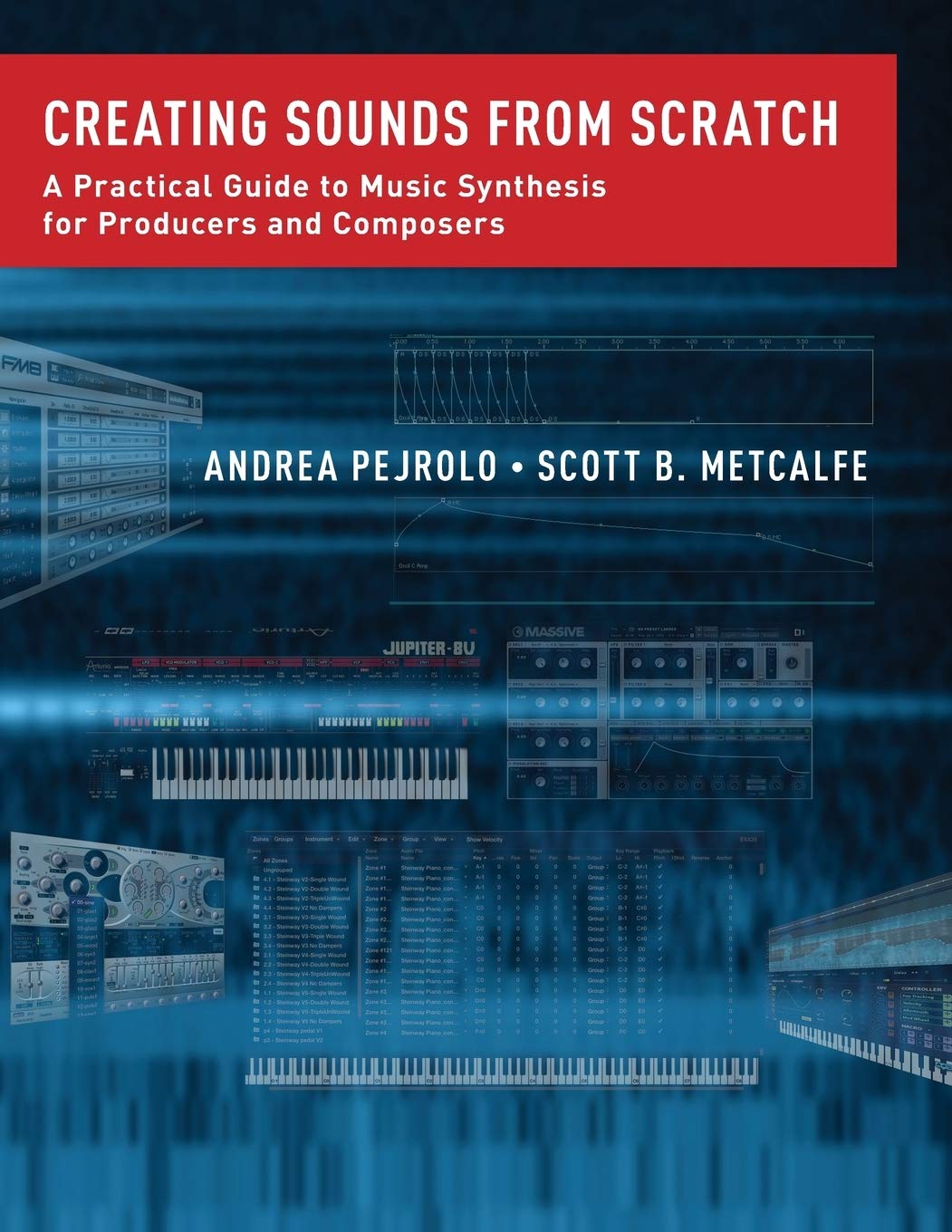
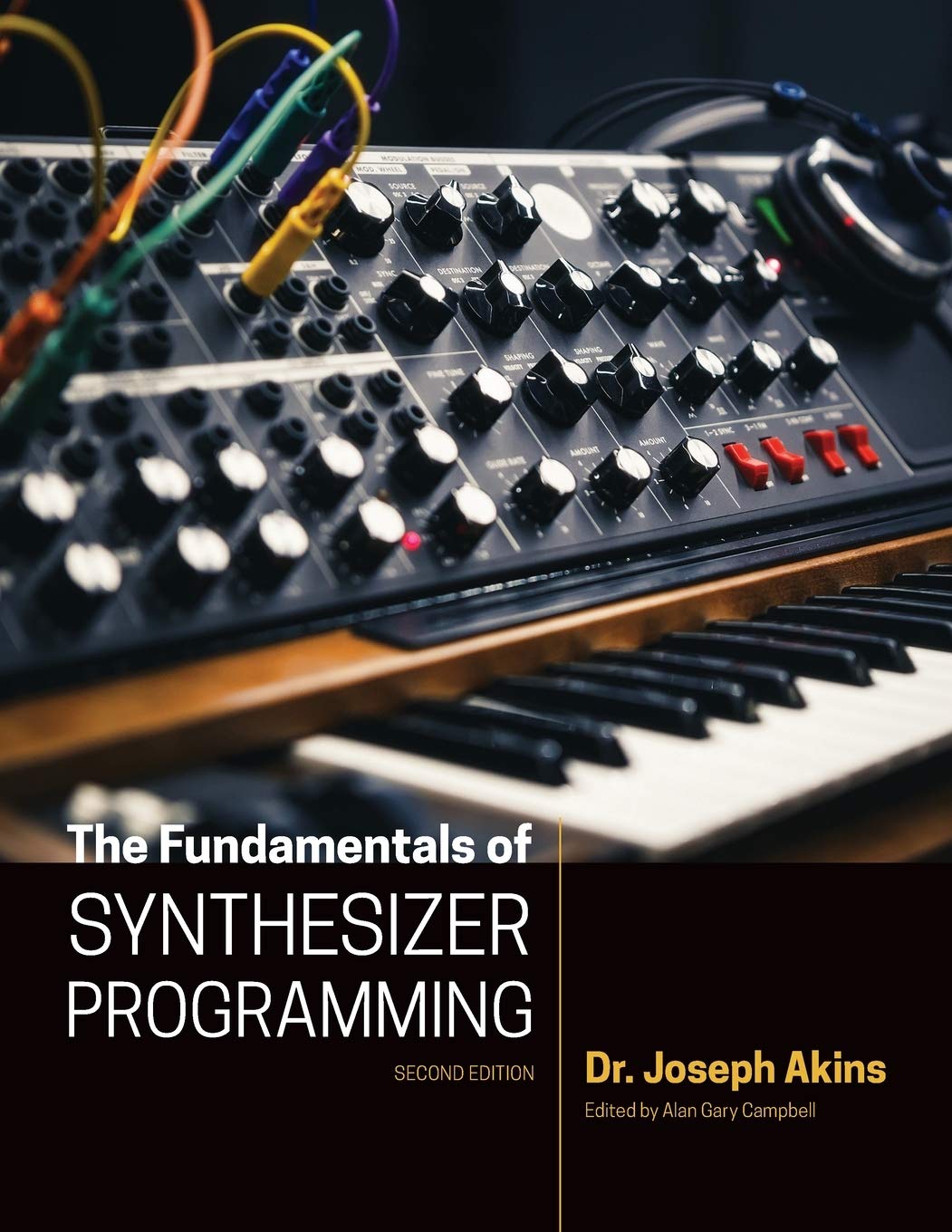

© Matrixsynth - All posts are presented here for informative, historical and educative purposes as applicable within fair use.
MATRIXSYNTH is supported by affiliate links that use cookies to track clickthroughs and sales. See the privacy policy for details.
MATRIXSYNTH - EVERYTHING SYNTH













© Matrixsynth - All posts are presented here for informative, historical and educative purposes as applicable within fair use.
MATRIXSYNTH is supported by affiliate links that use cookies to track clickthroughs and sales. See the privacy policy for details.
MATRIXSYNTH - EVERYTHING SYNTH


















